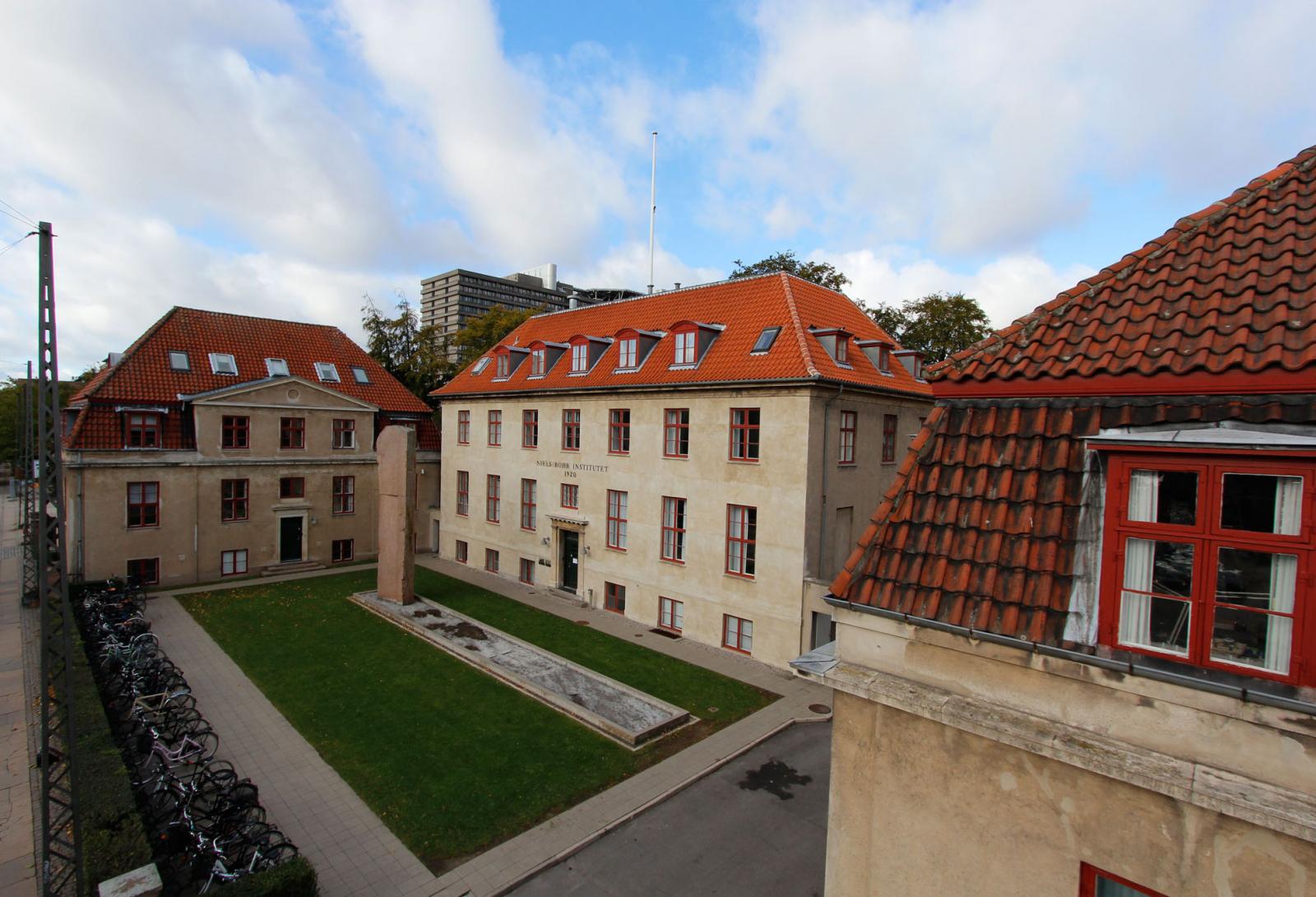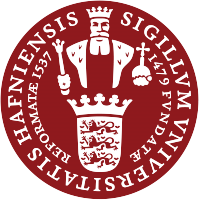UCPH
UCPH
With over 40,000 students and more than 9,000 employees, the University of Copenhagen is the largest institution of research and education in Denmark and one of the largest in the Nordic countries. Approximately one hundred different institutes, departments, laboratories, centres, museums, etc., form the core of the University.
In BrightnESS, the University of Copenhagen is connected to Work Package 5, Real-Time Management of ESS Data. In particular, the University is involved in creating a standard neutron event data stream for the different detector types. The University is also a part of Work Package 6 in connection to the collaboration, communication and dissemination of BrightnESS.
Science and research at the University of Copenhagen
The Niels Bohr Institute of the University of Copenhagen encompasses amongst others the X-Ray and Neutron Science Section. This section is responsible for education and research on structural physics using X-ray and neutron based methods, on materials physics and magnetism, and on biophysics and health-physics using isotope techniques. The section has a range of in-house facilities and applies further to large extend international facilities for synchrotron X-ray and Neutron techniques, and has significant activities within new instrumental design and development.
The in-house instruments comprise emerging neutron and X-ray facilities. The section is involved in a number of activities related to ESS and MAX-IV as well as the European Free Electron X-ray Laser (XFEL) in Hamburg. The University of Copenhagen is also one of the investors in the DanMAX beamline at MAX IV, which is specialised towards advanced X-ray powder diffraction and imaging investigations of materials.
A strong partner within data collection and analysis
The data from the future ESS experiments will be collected and analysed in the Data Management and Software Center (DMSC), which will be located at the University of Copenhagen. The DMSC will employ people within IT and e-science - computer scientists, physicists and chemists, who will convert the data coming out of the experiments into research results.
Further, the University of Copenhagen has been involved in the design of a number of instruments for ESS and is currently involved in the construction of the BIFROST Spectrometer.

The Niels Bohr Institute, located in the heart of Copenhagen, comprises the physical sciences of the University of Copenhagen.


 is funded by the European Union Framework Programme for Research and Innovation Horizon 2020, under grant agreement 676548.
is funded by the European Union Framework Programme for Research and Innovation Horizon 2020, under grant agreement 676548.